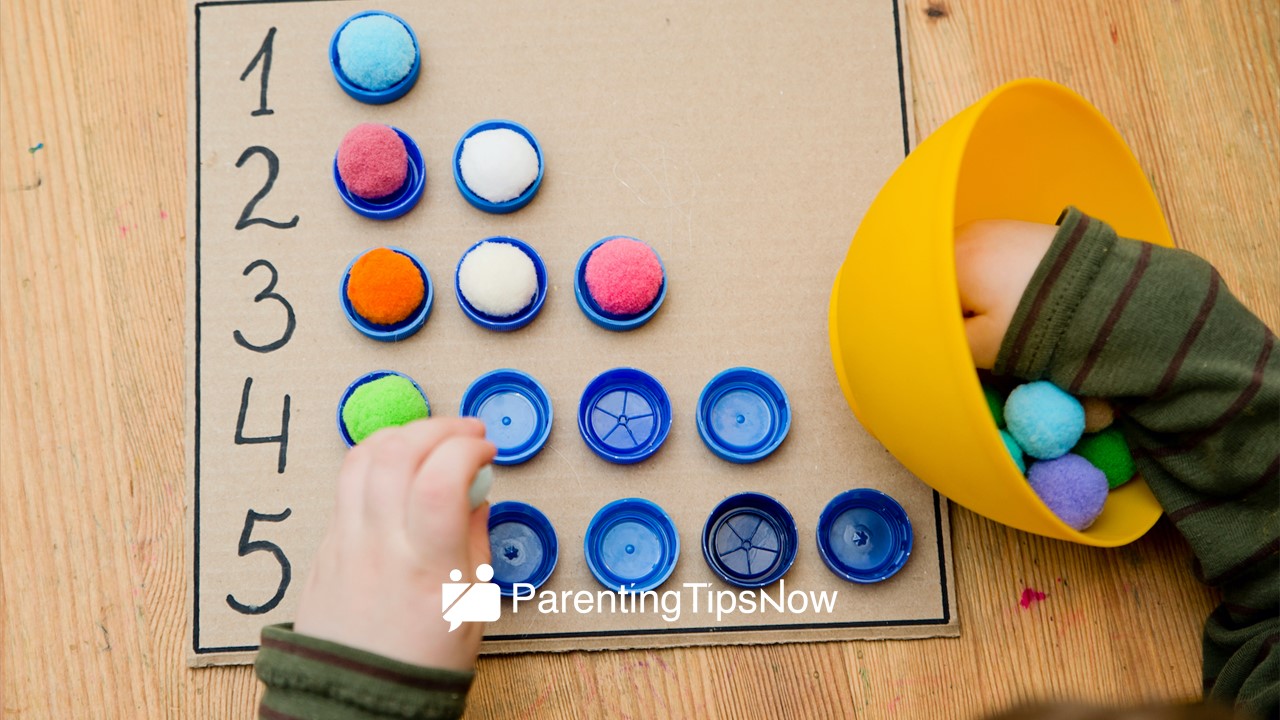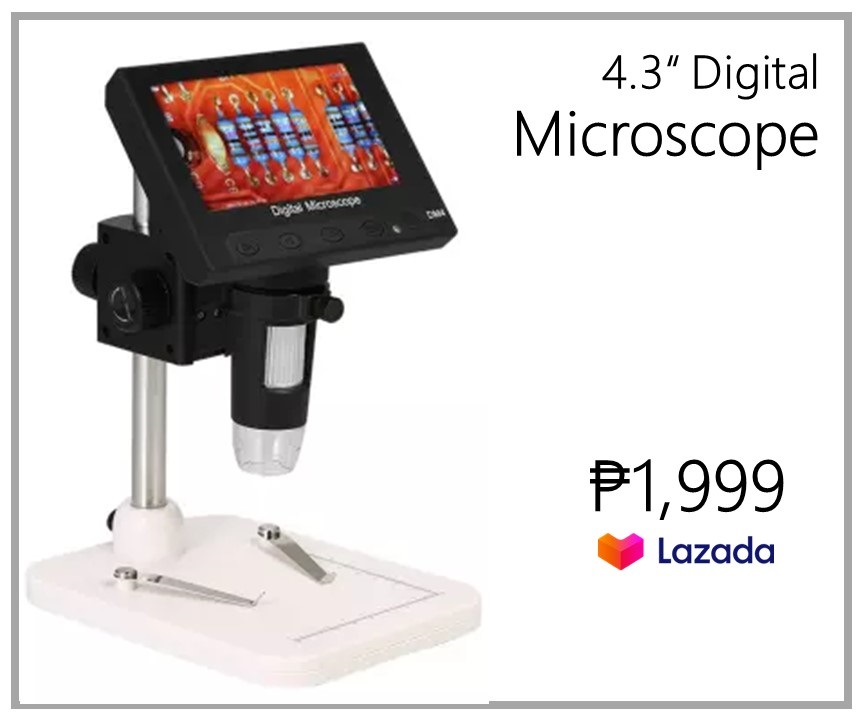Table of Contents
ToggleAre you ready to add a dash of fun and excitement to your child’s early math learning journey? Dive into the world of numbers with our list of 10 awesome kindergarten math activities designed to make Filipino preschoolers “sum-thing” special! From interactive games to hands-on exercises, this article is the go-to resource for fostering a love for math in young minds, specifically for Filipino daycare teachers. Whether your little one is just starting out or already showing a knack for numbers, these activities are sure to engage their curiosity and ignite a passion for problem-solving. Join us as we explore innovative ways to transform the often intimidating world of mathematics into an enjoyable and rewarding experience for our youngest learners.
Importance of Kindergarten Math Activities in the Philippines
Kindergarten math activities in the Philippines play a crucial role in shaping the foundational numeracy skills of Filipino children. These early experiences with numbers, shapes, and patterns not only lay the groundwork for future academic success but also foster a love for learning mathematics. In the Philippines, where educational standards are rapidly evolving, emphasizing engaging in math activities at this critical stage can ensure that young learners develop a solid understanding of mathematical concepts from an early age.
By integrating hands-on activities like counting games, shape-sorting exercises, and simple addition challenges into the kindergarten curriculum, educators in the Philippines can make math more accessible and enjoyable for young students. Such interactive approaches help children build confidence in their mathematical abilities and instill a positive attitude toward problem-solving. As these tiny learners embark on their mathematical journey, equipping them with engaging activities tailored to their developmental stage is key to cultivating a generation of Filipino students who excel in numeracy from the very beginning.

Where Can You Buy Toys as Kindergarten Math Activities? Online and Retail Stores
When it comes to finding toys for kindergarten math activities, both online and retail stores offer a wide range of options to choose from. Online platforms like Lazada and Shopee provide convenience and accessibility, allowing parents and educators to browse through a vast collection of educational toys at their fingertips. These online stores often have customer reviews that can help in making informed decisions about the best toy for specific math learning goals.
Contrary to the virtual shopping experience, physical retail stores such as Toys R Us, SM Department Stores, and local educational supply stores offer a hands-on approach where children can interact with the toys before purchasing them. This tactile experience can be beneficial in assessing the quality and functionality of the toy before incorporating it into math activities. Additionally, visiting brick-and-mortar stores can also inspire creativity by sparking ideas on how these toys can be integrated into engaging math lessons for kindergarteners.
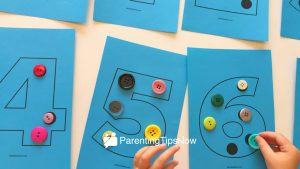
Kindergarten Math Activities and Toys: How Much Are Educational Toys in the Philippines?
While educational toys can be incredibly beneficial for a child’s development, parents in the Philippines may find themselves wondering about the cost. The price range for educational toys in the country varies widely depending on factors such as brand, complexity, and materials used. Simple math manipulatives like counting blocks or shape sorters can cost as low as 399 Philippine pesos, while more advanced STEM kits or interactive learning systems can go up to 5,300 pesos or more.
It’s important for parents to consider their budget and the specific learning goals they have in mind when shopping for educational toys. Some affordable options, like DIY math games using everyday household items, can be just as effective in teaching fundamental math concepts to kindergarten children. By getting creative with resources already available at home, parents can provide engaging math activities without breaking the bank. Ultimately, what matters most is the quality of engagement and learning experiences that these activities and toys offer to young learners.
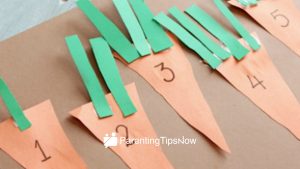
What are the 10 Genius Kindergarten Math Activities in the Philippines?
One innovative math activity gaining popularity in Filipino kindergarten settings is the Number Bonds Farm. This activity involves using farm animal cutouts to help children understand the concept of number bonds and how numbers can be broken down into smaller parts. By visually representing addition and subtraction with cute animal characters, kids are more engaged and grasp mathematical concepts more easily.
Another creative approach is incorporating traditional Filipino games like Piko or hopscotch to teach basic counting and number recognition skills. This not only adds a cultural element to the learning process but also makes math more interactive and enjoyable for young learners. Through these familiar games, children develop their numerical fluency while having fun outdoors, promoting physical activity as well as mental stimulation.
Here are 10 genius kindergarten math activities for Filipino kids:
1. Use of Counting Games and Songs as Kindergarten Math Activities in the Philippines
Counting games and songs have long been popular tools for teaching math in Filipino kindergartens. These activities not only make learning fun and engaging but also help children develop essential math skills from an early age. By incorporating local cultural elements into counting songs, such as using traditional Filipino rhymes or instruments, educators can further enhance the relevance and impact of these activities on young learners.
One unique aspect of using counting games and songs in Filipino kindergarten math activities is how they promote social interaction and teamwork among students. Through group activities that involve counting together or singing math-related tunes, children learn to collaborate, communicate effectively, and support each other’s learning journey. Additionally, these games and songs often incorporate movement and visual aids, appealing to different learning styles and enhancing overall comprehension of mathematical concepts.
In a country rich with diverse cultures and languages, incorporating counting games and songs that reflect the Philippines’ unique heritage can help instill a sense of pride and identity in young learners. By showcasing traditional counting methods or including indigenous words in math songs, educators can foster a deeper appreciation for Filipino culture while reinforcing fundamental mathematical skills. Ultimately, utilizing these creative approaches to kindergarten math education not only makes learning enjoyable but also connects children to their roots in a meaningful way.
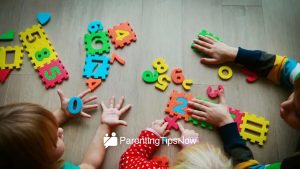
2. Incorporating Traditional Filipino Games as Kindergarten Math Activities in the Philippines
Traditional Filipino games are not only a source of entertainment but can also be powerful tools for learning math concepts in kindergarten. Games like piko (hopscotch) or patintero can help children understand the concept of spatial relationships and counting as they navigate through different lines. Incorporating luksong tinik can enhance their understanding of measurement and estimation as they need to jump over certain levels with precision.
Moreover, games such as sipa offer opportunities for kids to practice addition and subtraction skills by keeping track of scores while playing. The strategic thinking involved in games like tumbang preso can improve problem-solving abilities and critical thinking among young learners. By incorporating these traditional Filipino games into math activities, educators can make learning fun, engaging, and culturally relevant for kindergarten students in the Philippines.
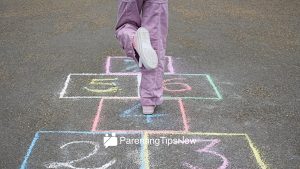
3. Hands-on Activities with Shapes as Kindergarten Math Activities in the Philippines
Incorporating hands-on activities featuring shapes is a dynamic way to engage kindergarten students in math education in the Philippines. Through activities like sorting and building with various shapes, children can develop their spatial awareness and critical thinking skills. Encouraging them to identify and name different geometric shapes not only enhances their mathematical proficiency but also fosters creativity and imagination.
Moreover, incorporating local cultural elements into shape-related activities can make learning more relatable and exciting for Filipino kids. Utilizing traditional Filipino patterns or indigenous designs when exploring shapes can provide a valuable connection to their heritage while promoting inclusivity and diversity in the classroom. By combining mathematics with aspects of the student’s own culture, educators can create a more enriching educational experience that resonates deeply with young learners in the Philippines.
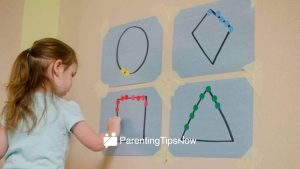
4. Creating Patterns Using Local Materials as Kindergarten Math Activities in the Philippines
Creating patterns using local materials is a fun and immersive way to teach math concepts to kindergarten kids in the Philippines. By incorporating traditional Filipino items like shells, colorful beads, or bamboo sticks, children not only learn about shapes and sequences but also immerse themselves in their cultural heritage. This hands-on approach helps develop their cognitive skills while fostering an appreciation for the local environment.
Furthermore, engaging in such activities promotes critical thinking as children explore different arrangements and combinations of materials to create unique patterns. These experiences not only enhance mathematical understanding but also encourage creativity and problem-solving abilities at an early age. By infusing familiar objects from their surroundings into mathematical learning, educators can make the subject more relatable and exciting for young learners in the Philippines.
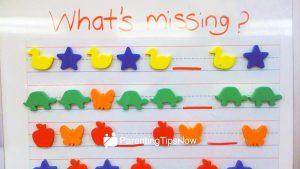
5. Activities to Develop Number Recognition as Kindergarten Math Activities in the Philippines
Filipino Counting Game: Incorporate local culture into math activities by using traditional Filipino items for counting games. For example, use farm animals like ducks or carabaos and ask children to count them in Tagalog.
Sampung Daliri Song: Introduce the popular Filipino children’s song Sampung Daliri (Ten Fingers) to help kids learn number recognition while also incorporating music and movement into their learning experience.
Palayok Math Challenge: Set up a Palayok (clay pot) filled with small objects like pebbles or buttons, each labeled with a number. Children can take turns picking an item from the palayok and identifying the corresponding numeral, making math practice interactive and fun while highlighting Philippine traditions.
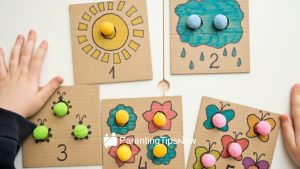
6. Introduction to Basic Addition and Subtraction as Kindergarten Math Activities in the Philippines
In the vibrant landscape of kindergarten math activities in the Philippines, introducing basic addition and subtraction forms a crucial cornerstone in shaping young minds. As Filipino kids embark on their educational journey, understanding these fundamental operations sets the stage for a solid mathematical foundation. By fostering a nurturing environment where children can explore the magic of numbers through hands-on activities and playful exercises, educators can ignite a lifelong love for learning and problem-solving.
Moreover, incorporating basic addition and subtraction into kindergarten math activities not only cultivates essential numeracy skills but also promotes critical thinking and logical reasoning at an early age. Through interactive tasks and engaging games, children can develop key cognitive abilities while having fun exploring the enchanting world of mathematics. By making these concepts accessible and enjoyable, Filipino educators instill confidence in young learners, preparing them to embrace more complex mathematical challenges with enthusiasm and motivation.

7. Learning Through Cooking or Art Projects as Kindergarten Math Activities in the Philippines
One of the most innovative ways to introduce mathematical concepts to kindergarten students in the Philippines is through cooking or art projects. These activities not only make learning fun and engaging but also help children develop essential math skills such as counting, measuring, and problem-solving. In a country known for its rich culinary heritage, incorporating cooking into math lessons allows children to explore fractions using ingredients like flour or sugar while enhancing their understanding of proportions and measurements.
Similarly, art projects provide a creative outlet for young learners to explore geometric shapes, patterns, and symmetry. By creating art pieces using various materials, like colored paper or clay, children can practice concepts such as shape recognition and spatial reasoning in a hands-on way. Through these interdisciplinary activities, Filipino kindergarten students can discover the beauty of math in everyday experiences while honing their creativity and critical thinking skills.
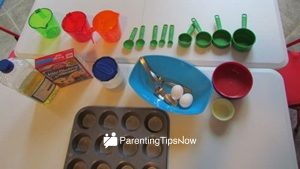
8. Using Everyday Objects for Measurement Practice as Kindergarten Math Activities in the Philippines
In the vibrant world of kindergarten math, everyday objects serve as magical tools for young learners in the Philippines to explore measurement concepts. From colorful building blocks to playful kitchen utensils, children can embark on a hands-on journey of discovery right in their own homes or classrooms. By using common items like spoons, buttons, and toys as measuring units, Filipino kids can develop a keen sense of size, length, and quantity in a fun and interactive way.
Engaging in measurement activities with familiar objects not only enhances mathematical understanding but also nurtures creativity and critical thinking skills among Filipino kindergarten students. As they compare the heights of toy figurines or estimate how many marbles fit inside a small container, children are encouraged to think spatially and logically. This approach not only makes math more tangible but also integrates learning into daily experiences, making it more relatable and engaging for young minds in the Philippines.
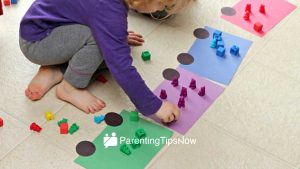
9. Puzzles and Brain Teasers for Critical Thinking as Kindergarten Math Activities in the Philippines
Puzzles and brain teasers can work wonders in developing critical thinking skills among kindergarten students in the Philippines. These activities not only make learning math fun but also encourage children to think outside the box and find creative solutions to problems. By introducing puzzles early on, Filipino kids can cultivate a mindset that values curiosity, persistence, and innovative thinking.
Kindergarten math activities that incorporate puzzles and brain teasers provide an interactive way for children in the Philippines to grasp mathematical concepts. By engaging young minds with these stimulating challenges, educators can lay a strong foundation for future mathematical learning. Embracing these activities as part of the curriculum ensures that Filipino kids are equipped with essential problem-solving skills from an early age, setting them up for success in their academic journey.
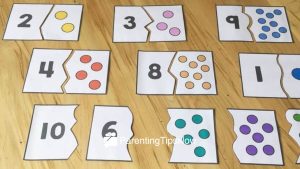
10. Group Activities to Encourage Collaboration as Kindergarten Math Activities in the Philippines
One effective way to encourage collaboration among kindergarten students in the Philippines is by incorporating group activities into math lessons. A math treasure hunt can be a fun and engaging activity where children work together in teams to solve math problems and uncover hidden treasures around the classroom. This not only promotes teamwork but also allows for problem-solving skills to develop in a cooperative setting.
Another exciting group activity is the math bingo race, where students compete as groups to solve math problems and mark their bingo cards before other teams. This activity encourages friendly competition while reinforcing basic mathematical concepts in a high-energy setting. By engaging children in these collaborative activities, educators can instill valuable social skills alongside mathematical proficiency, creating a dynamic learning environment that celebrates teamwork and mutual success.
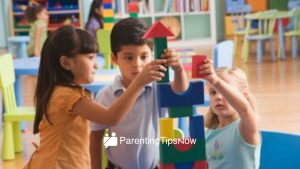
Incorporating Fun into Kindergarten Math Activities: Benefits for the Child
Incorporating fun into kindergarten math activities offers a multitude of benefits for children beyond basic arithmetic skills. By engaging in enjoyable and interactive activities, kids develop a positive attitude towards learning math, fostering a love for the subject from an early age. Fun math games and puzzles not only reinforce mathematical concepts but also enhance problem-solving skills, critical thinking, and creativity in young learners.
Additionally, incorporating playfulness into math activities can boost children’s confidence and self-esteem as they explore different approaches to solving problems in a stress-free environment. Through hands-on learning experiences that involve games, crafts, and songs, kids not only grasp mathematical concepts more easily but also cultivate important social skills such as teamwork, communication, and cooperation. Overall, integrating fun into kindergarten math activities transforms traditional learning into an exciting journey of discovery and growth for Filipino children.
Hands-on Learning Experiences for Young Filipino Children: Kindergarten Math Activities
As young Filipino children embark on their academic journey, incorporating hands-on learning experiences in kindergarten math activities can ignite a passion for numbers and problem-solving. Through interactive tasks like counting colorful beads or sorting objects by shape and size, kids not only grasp foundational math concepts but also develop critical thinking skills and spatial awareness. By engaging multiple senses in the learning process, children are able to internalize mathematical principles more effectively and retain knowledge long-term.
Furthermore, these hands-on activities serve as a bridge between abstract concepts and real-world applications, making math more tangible and relatable for young learners. Whether it’s building block towers to understand basic addition or using kitchen ingredients to explore measurement, Filipino children can deepen their understanding of mathematical operations while having fun in a stimulating environment. Encouraging exploration and experimentation from an early age sets the stage for a lifelong love of learning and lays a strong foundation for future academic success.
The Importance of Filipino Daycare Teachers in Teaching Kindergarten Math Activities
Filipino daycare teachers play a crucial role in shaping the mathematical foundation of kindergarten students through engaging and creative activities. By incorporating Filipino culture and values into math lessons, these educators not only teach numerical concepts but also instill a sense of identity and pride in young learners. Their emphasis on hands-on learning experiences, such as using local materials for counting or creating patterns inspired by traditional crafts, enhances children’s understanding of mathematical concepts in a culturally relevant way.
Moreover, Filipino daycare teachers bring warmth and compassion to their teaching practices, creating a supportive environment where children feel comfortable exploring math skills. Through collaborative activities that promote teamwork and communication, these educators cultivate essential social-emotional skills alongside mathematical knowledge. In doing so, they go beyond traditional teaching methods to nurture holistic development in young minds, setting the stage for lifelong success in mathematics and beyond.
Summing Up: 10 Genius Kindergarten Math Activities in the Philippines
In conclusion, the 10 kindergarten math activities highlighted in this article are truly a testament to the innovative teaching methods being employed in Filipino classrooms. By incorporating games like Counting with Balloons and Number Line Hopscotch, educators are not only making learning fun but also reinforcing fundamental math concepts in an engaging way. These activities not only benefit children’s mathematical skills but also foster teamwork, critical thinking, and problem-solving abilities from a young age.
Furthermore, these genius math activities encourage creativity and hands-on learning, allowing children to explore mathematical concepts through play and exploration. It’s inspiring to see how teachers in the Philippines are taking proactive steps to make mathematics more approachable and enjoyable for young learners. By nurturing a positive attitude towards math early on, Filipino kids are being set up for future success both academically and beyond.


